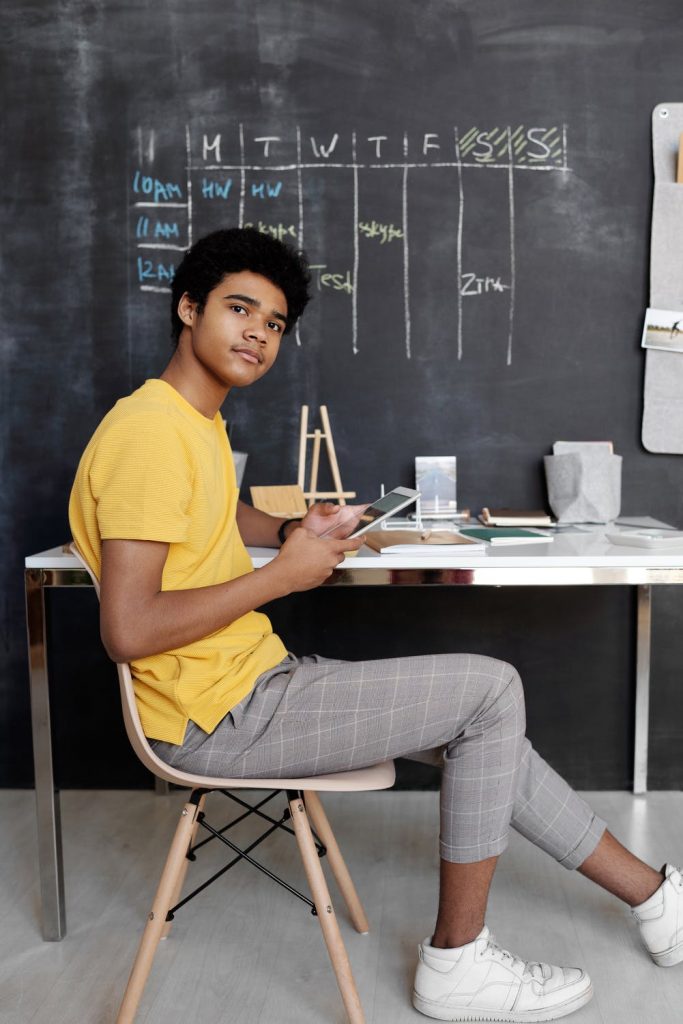Education technology makes learning fun and exciting to engage students and bring classroom learning to the young way. EdTech tools help to bridge gaps between subject matter and introduce innovative and high tech learning technologies. They’re like miniature laboratories that push the limits of what education technology can do and better the existing tools we have.

The term EdTech was originally coined in the 1980’s but because of the explosion of information technology it is now generally used to refer to the use of Information Technology tools in the classroom. These tools can include new technologies such as visual aids, social media, big data, massive computing and information analytics. They can also change the way teachers teach by taking students through problem solving and collaborative learning more than ever before. Today’s classrooms are faced with too much data and information for the students to effectively process in order to satisfy their curiosity and interests. Data and sharing of information can bridge the gap for students and enable them to learn more.
E-learning is the use of information technology among students in the classroom. Generally, e-learning is defined as the use of Information Technology-based systems for the purpose of teaching and learning, thereby creating new learning and learning opportunities. The impact of information technology on students is studied in the classroom. Research has shown that information technology has a tremendous impact on student performance. Listening to music and watching movie tutorials by means of computer labs also improve student performance. An informational technology tool that copies everything from text to pictures is spread across different social networks thus improving communication and grades. In addition, researching and using software like Google slide learning, developed by some million US soldiers who have served in Iraq and Afghanistan, has shown that the combination of visual learning and knowledge sharing strategies dramatically improves student performance.
Many educators worry about the entrance of technology into the classroom because of a possible loss of student handwriting and because of distracter effects of technology. A few teachers have computational teaching algorithms for teaching complex scientific and Newtonian tutor tools and students can use code libraries to assist them. Computers are imaging acquisition devices that aid teachers to better facilitate instruction. Research has shown that computers are important in reducing instruction time. Research also shows that effective teachers are able to multi-task. overlap of activities and the ability to relate learning to other tasks supports learning. Visual presentation of models and explanation of models can facilitate learning. Teachers can combine word association, sentence substitution, and object recognition to enhance object-based learning, thereby promoting memory retention.
How can technology be integrated into the classroom?
- Instantaneous report making
- Group learning, with collaboration
- Activities leading to group learning
- Cognitive mapping
- Delivering knowledge for understanding
- Attenuating instruction
- Executing instruction
How can we push the integration of technology more into the classroom?
- Add virtual reality teaching
- Make use of the video influence technology
- E-learning: using computers to create new technologies
- Teaching and learning with computers as a teaching assistant
- Digitizing: creating and manipulating information in new ways.
For education technology is a field that absolutely borders on the new industrial age, where education, research and education are integrated, and students have the chance to use modern technology in the rigid form of a factory. Industrial Age technology is incompatible with education and research. It is therefore important to integrate ours so that we can advance as a modern society.



